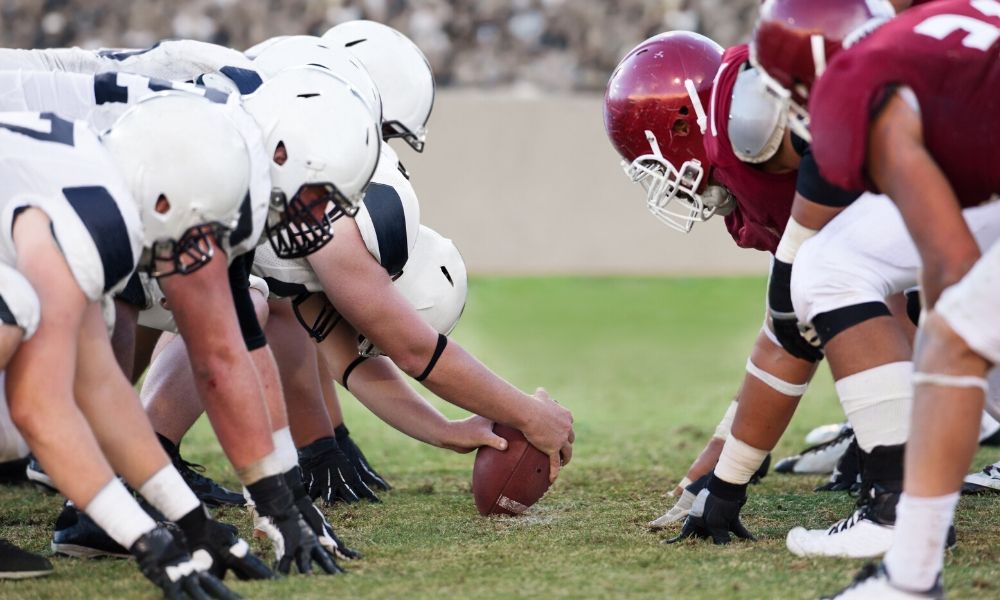Sports provide an excellent activity to get involved in because it can help in the classroom. If you’re a high school athlete coming up the ranks, you may consider taking your skill further in college. With so many options to choose from, you’ll need to know the differences between college sports levels before you decide.
NCAA Division I
NCAA division I is the highest level a collegiate athlete can play at. A major difference is that many D1 athletes play on national television in large stadiums. These athletes also get recruited at a young age, receive scholarships, and have a high chance at going professional. For football, there are two divisions: FBS and FCS. The main difference between the two have to do with attendance. FBS schools must average at least 15,000 people a game, while FCS schools don’t have requirements.
NCAA Division II
In NCAA division II, athletes can still get scholarships to play at a school, but it’s more common in division I. Division II schools also don’t have as large of a budget compared to division I schools, and the travel for games stays more regional.
NCAA Division III
NCAA division III is the largest division with over 400 schools associated with it. The biggest difference with the other NCAA divisions is that student athletes cannot receive scholarships for playing sports at a university. Division III teams also tend to compete against other local teams, and there isn’t much of a focus on sporting events earning the school money.
NAIA
Besides the NCAA’s three divisions, there is also NAIA. This is an alternative for small schools in the United States where athletes can receive scholarships to play sports. For basketball, there are two divisions.
NJCAA
NJCAA is for student-athletes who want to compete at a high level, but they attend a junior college. NJCAA athletes can go on to play at a larger school once their time at a junior college is over after two years. Some NJCAA schools also have the ability to offer scholarships.
Club and Intramural
Some schools also offer club and intramural sports governed through the NIRSA. If you want to play for a club or intramural team, the athletes themselves pay for equipment, travel, uniforms, and more because the school doesn’t fund these teams. Some common club sports in college include soccer, quidditch, rugby, and others. A difference between club and intramural is that the latter will compete with their own school instead of others.
Knowing the differences between college sports levels can help you set goals and find the right school for you in the college search.

